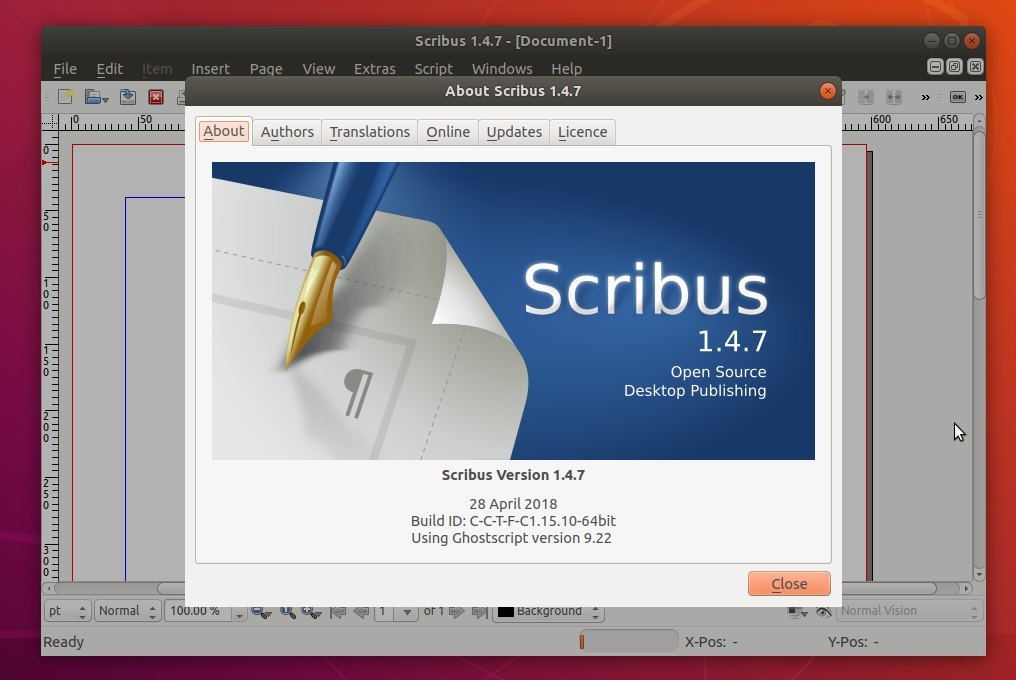

At 1:03, Part 3 begins with an empty text frame.It is possible to size and place the Story Editor window, use the Update Frame without exiting button (second from the right, keyboard: Ctrl+U) to see the appearance without leaving Story Editor. In Story Editor the appearance of the text remains constant, and you only see the result after the frame is exited. Left-clicking in the Style column brings up a list of the styles to choose from, and going down the paragraphs one by one the appropriate style is selected. At 0:30 we move on to Part 2 - the middle frame is selected, and Story Editor is brought up.The page is scrolled to show the entire left frame text. Note that these styles are not present in Scribus by default, and have been created prior to the session you see in this video.

Finally, the last paragraph's style changed to Body. In rapid fashion, the cursor is moved to the body text, and the style Body selected, then to the subheader and the style Subheader selected.


They cover how to use text and image areas, as well as stylesheets, and the powerful story editor. Getting Started with Scribus is a series of video tutorials in the English Language describing Scribus by way of creating a library newsletter from scratch. Video Tutorials Getting Started with Scribus While xine will play them, moving backward and skipping forward are not options. While it's not mentioned, RealPlayer is available for Linux, and works well. Please see Wikipedia:Media help (Ogg) about how to play theora videos on your system. Skill Levels range from beginner to more advanced uses of Scribus. These are links to several tutorials for Scribus. 2.2.9 Converting text to outlines and to image frames.2.2.7 Creating a three fold document using Manage Guides dialog.2.2.6 Text frames, polygons, linking text frames and polygons, text overflow.2.2.4 Drop caps, baseline, text frame columns.2.2.3 Additional space between an image frame and the text.2.2.1 Three ways to apply paragraph styles.


 0 kommentar(er)
0 kommentar(er)
